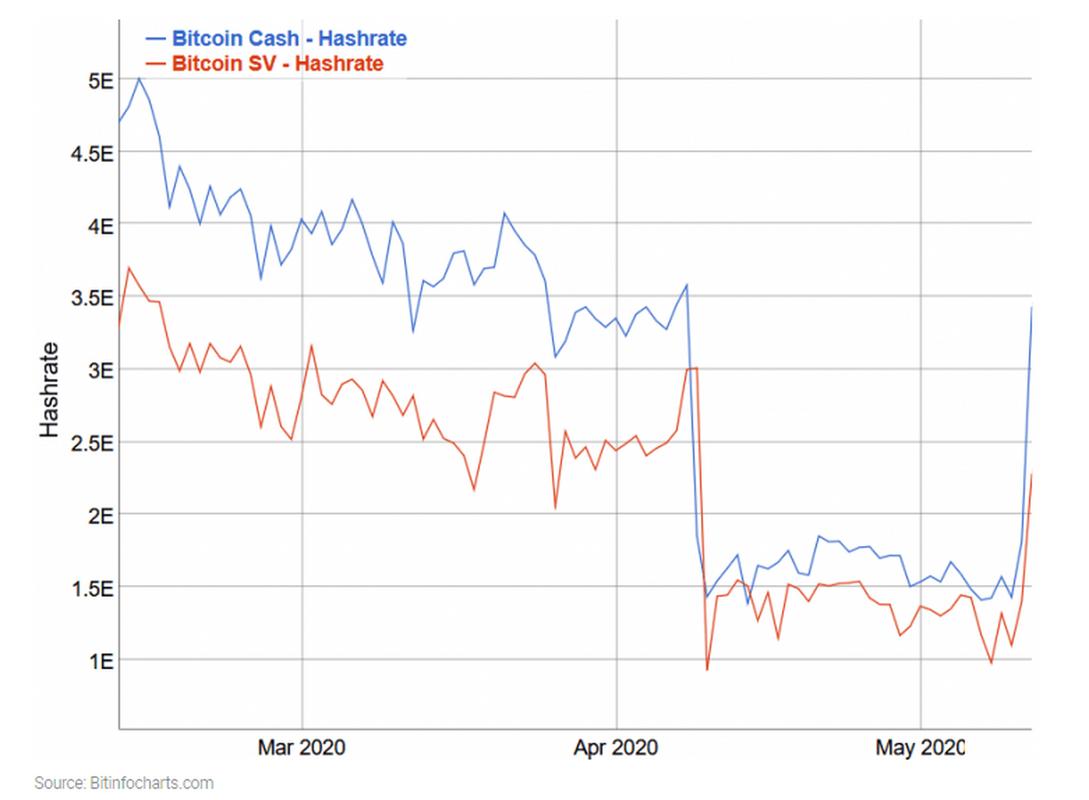The world of cryptocurrency is an ever-evolving landscape, where innovation and investment intermingle to create vast opportunities and potential pitfalls for both seasoned enthusiasts and newcomers alike. As we peer into the future — specifically 2025 — one question looms larger than most: Is mining machine hosting still viable as a business model? To answer this, we must delve into the mechanics of mining, dissect the value of mining rigs, and weigh the pros and cons of hosting versus personal setups.
Mining machines, particularly for Bitcoin, Ethereum, and various altcoins, have surged in popularity due to the ever-increasing complexity of validating transactions. These machines, known as miners, are essentially computing powerhouses that solve cryptographic puzzles to secure a decentralized network. As blockchain technology continues to mature, more miners are jumping into the fray, eager to secure their slice of the pie — but does hosting offer a compelling edge?

Mining machine hosting, or the practice of renting space and facilities to house one’s mining equipment, can offer several advantages. One of the foremost benefits is the reduced headache of maintenance. Hosting facilities are usually outfitted with powerful cooling systems, high-end electrical setups, and security. This can save miners valuable time, allowing them to focus on optimizing their investments rather than troubleshooting equipment failures.
However, the landscape is not without its challenges. The market for hosting services faces increasing competition, while electricity costs continue to be a significant factor in profitability. In regions with cheaper electricity, running a personal mining hub could be more lucrative than renting space in host facilities. Thus, as miners weigh the financial implications, they must also consider geographical factors that influence electricity pricing.

As we venture deeper into 2025, the nature of cryptocurrencies themselves may also change, driven by new regulations and technological advancements. The introduction of proof-of-stake mechanisms in some networks, for example, would lessen the reliance on traditional mining rigs. Thus, the demand for traditional mining machine hosting may wane in favor of more efficient models. Conversely, the rapid emergence of new cryptocurrencies, especially the likes of Dogecoin and Ethereum variant forks, may keep mining rigs relevant.
Moreover, investors should not overlook the role that exchanges play in this equation. As more traders flock to cryptocurrency investment, the demand for reliable, efficient mining operations remains significant. The ultimate goal of any miner — be it a raucous Dogecoin enthusiast or a dedicated Bitcoin aficionado — is to maximize returns, and where one mines can drastically affect that outcome.
In summary, the question isn’t simply whether mining machine hosting is still worth it in 2025; it’s more about the evolving context in which these decisions are made. The intersection of technology, economics, and community sentiment will dictate the viability of mining operations and hosting services alike. As the industry grows, adaptable strategies and vigilant market analysis will be essential for miners and hosting operators seeking to thrive amidst uncertainty.
In conclusion, there won’t be a one-size-fits-all answer to the question of mining machine hosting in the future. Every miner must assess their specific situation, considering cost, efficiency, and regional advantages. Ultimately, those who stay informed and adjust their strategies accordingly will be best positioned to navigate the tumultuous waters of the cryptocurrency sea.
This article offers a surprising twist on mining machine hosting’s future, blending expert financial analysis with emerging market trends. It goes beyond basic profitability, exploring risks, technological shifts, and eco-impacts, making it a must-read for investors seeking a holistic 2025 outlook.